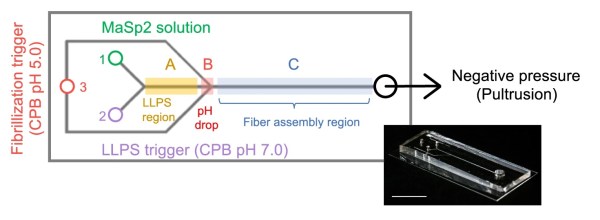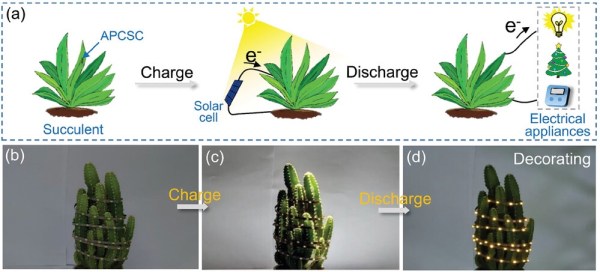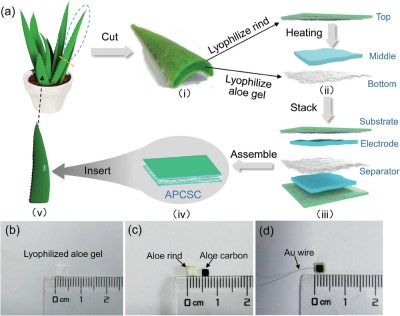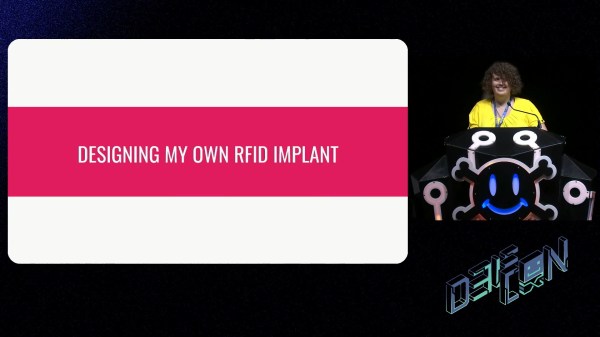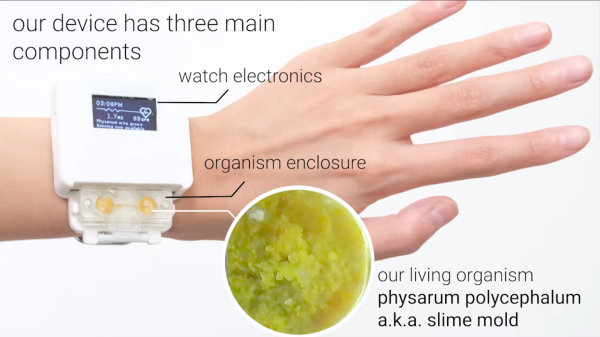While tools like CRISPR have blown the field of genome hacking wide open, being able to predict what will happen when you tinker with the code underlying the living things on our planet is still tricky. Researchers at Stanford hope their new Evo 2 DNA generative AI tool can help.
Trained on a dataset of over 100,000 organisms from bacteria to humans, the system can quickly determine what mutations contribute to certain diseases and what mutations are mostly harmless. An “area we are hopeful about is using Evo 2 for designing new genetic sequences with specific functions of interest.”
To that end, the system can also generate gene sequences from a starting prompt like any other LLM as well as cross-reference the results to see if the sequence already occurs in nature to aid in predicting what the sequence might do in real life. These synthetic sequences can then be made using CRISPR or similar techniques in the lab for testing. While the prospect of building our own Moya is exciting, we do wonder what possible negative consequences could come from this technology, despite the hand-wavy mention of not training the model on viruses to “to prevent Evo 2 from being used to create new or more dangerous diseases.”
We’ve got you covered if you need to get your own biohacking space setup for DNA gels or if you want to find out more about powering living computers using electricity. If you’re more curious about other interesting uses for machine learning, how about a dolphin translator or discovering better battery materials?



